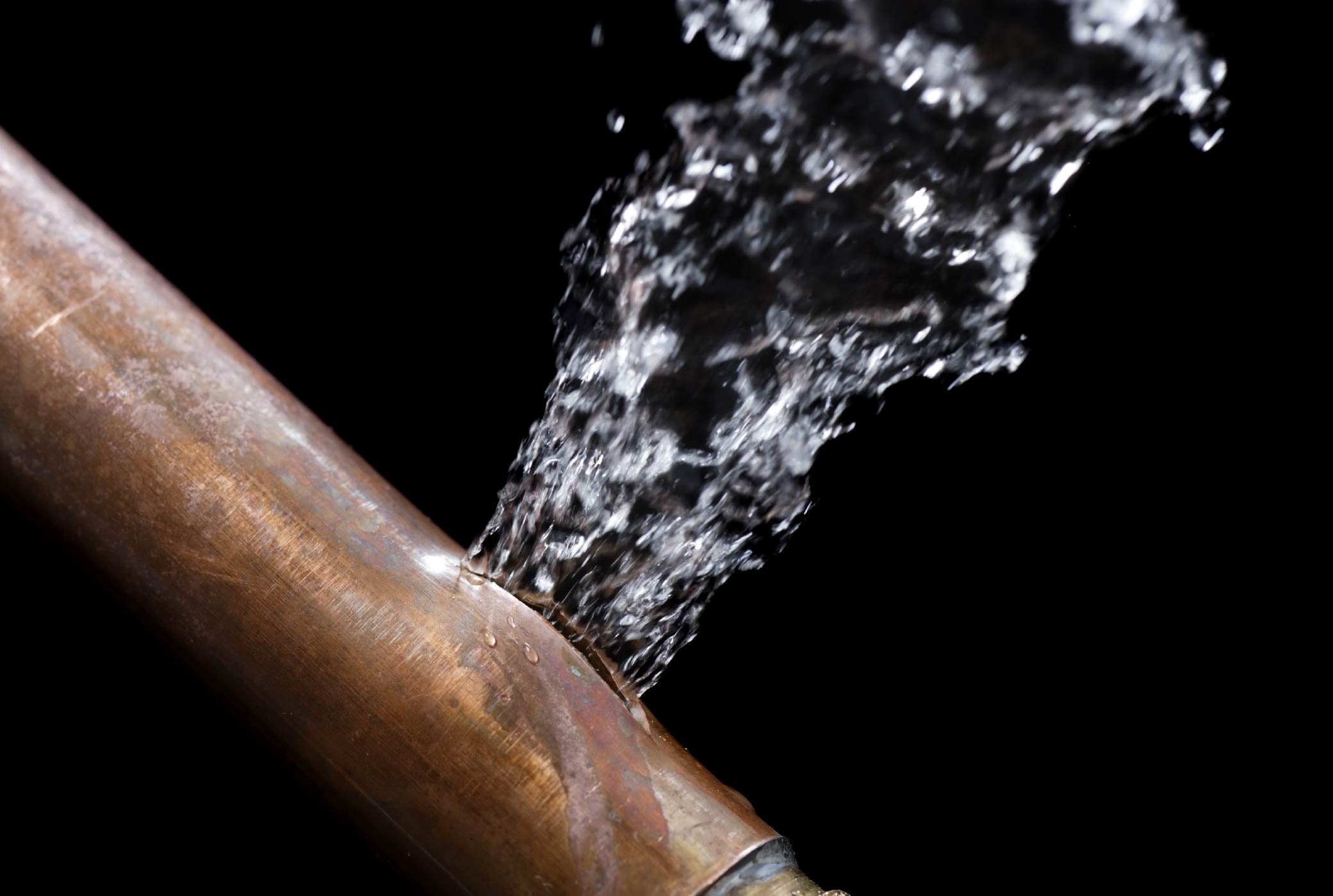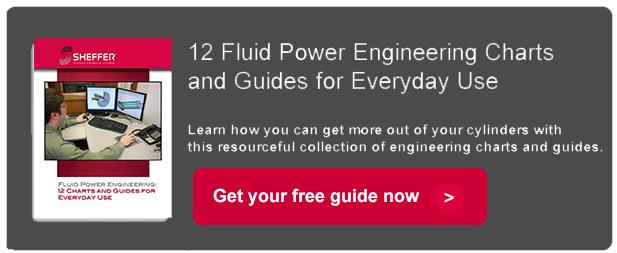
Admittedly it does not happen every day, on occasion….the Engineering Department here at Sheffer receives the occasional customer drawing which calls for a cylinder to be designed and tested to one single piece of data...‘Burst Pressure’.
As all products manufactured by Sheffer receive both a function test as well as a safety pressure test prior to shipping; the dilemma is obvious. What pressures should the test procedures be performed at?
It is much more helpful to have an operating pressure specified. A factor of safety can then be used to determine a Design pressure that will be used for all calculations.
For routine hydraulic applications, unless other rating or duty factors are specified, Sheffer would normally use a safety factor of 3:1 to arrive at a Design pressure for the project.
When it comes to calculating a test pressure; again, unless special reasons dictate otherwise, Sheffer normally sticks to the industry standard of 1.5 times the working pressure. This, as simple math dictates, means that the product will be ‘shell’ or ‘proof’ tested at half the design pressure.
A product successfully passing this test means that Sheffer have adequately demonstrated the cylinder has been both designed and also manufactured to meet the needs of the application, yet without applying stresses to the individual components beyond their point of yield; which would obviously make them unsuitable for further use.
So, under these circumstances, all is safely controlled and we all know where we stand!
Not so with a single statement about ‘burst pressure’. We could work backwards, apply a factor and assume the customer is going to use the cylinder at a ‘working pressure’ of (say) one third of the specified burst pressure. Will this be the case in reality? Nobody knows. So, in short, it’s all guess work from here on in. Under these circumstances, everything becomes rather nebulous!
It is sort of understandable that a term such as Burst Pressure should have grown up with the hydraulics industry. It is a very graphic statement and clearly defines a point beyond which the pressure will have a dramatic effect upon the structure.
No doubt, during the development of such things as steam engines; it would have been normal practice to want to know when things would ‘Burst’ (explode) – but if one phrase could eradicated from the industry today; well it is not too difficult to guess what phrase the Sheffer Engineering Department might pick!
Check out the free PDF,12 Fluid Power Charts and Guides for Everyday Use, to help you figure out what your needs and limitations are. And if the job is complex enough you can always ask an engineer or give us a Call directly!

